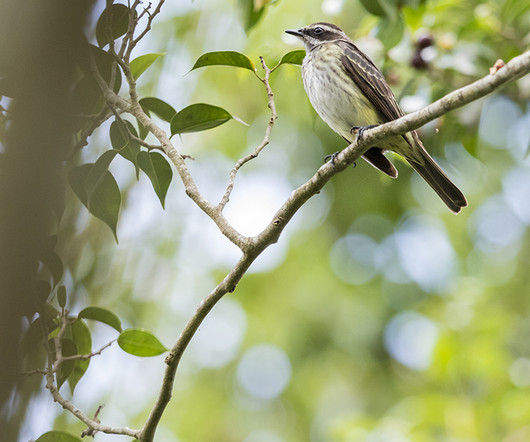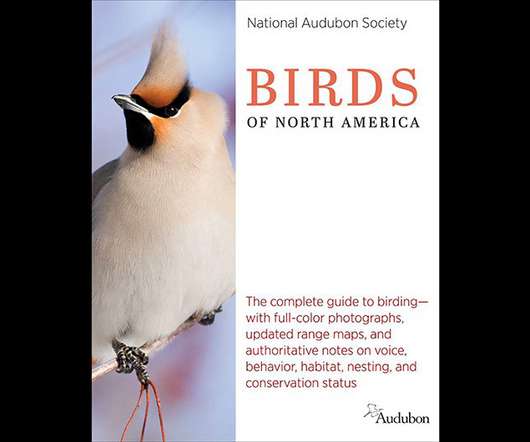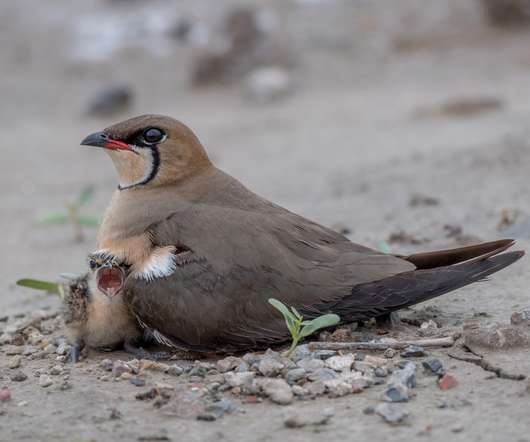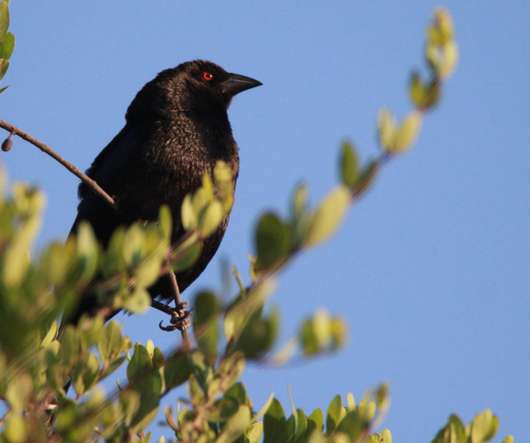Black Kites breeding
10,000 Birds
MAY 10, 2020
The Black Kites are distinguished in flight by their forked tail , which easily separates them from the numerous Whistling Kites that are present around Broome. Black Kites are always present at the waste disposal site in very large flocks, because they scavenge among the rubbish.























Let's personalize your content